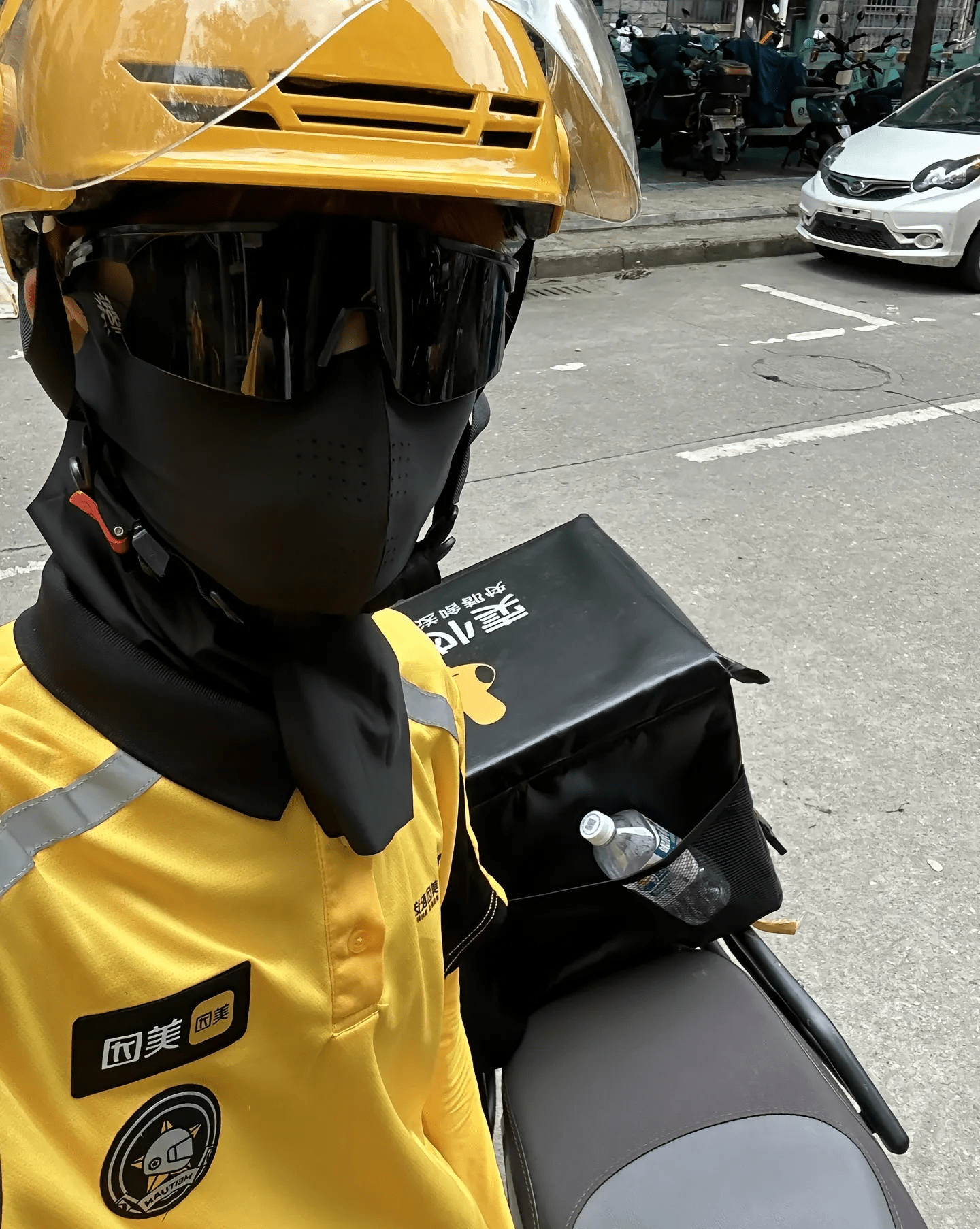Late at night, passing by the print shop at the school gate, the owner was sighing at the computer—his hoarded cryptocurrency was stuck, and he couldn’t find suitable buyers to exchange for cash to pay rent. I took out my phone and opened the Solv interface, quickly helping him split the coins into five small certificates, which were bought by three students in less than ten minutes. That cryptocurrency, referred to by the finance teacher as the "splitting game," turned out to be more useful than the group order function on the delivery platform, with the transaction fee only enough to buy a bottle of iced tea.
The first time I studied Solv was when I helped the owner of a milk tea shop deal with the problem of excess stock. She had too much near-expiration raw material and wanted to sell it at cost but found it troublesome. This reminded me of the little cryptocurrency I had—wanting to increase my holdings but not having enough money, and hesitating to cash out completely. Flipping through its white paper, I realized that this thing is not just a simple token; it resembles a "digital asset slicer": using NFT technology to break down large assets into standardized small certificates, each with an independent smart contract for rights confirmation, just like I break a long delivery into several smaller, convenient deliveries that are flexible and easy to handle. That night, I tested it in my dorm using an emulator and found its fragmentation algorithm particularly clever; 1 ETH can be split into 1000 minimum units, and the circulation of each part can be traced in real time, clearer than splitting spirit fragments in (Onmyoji).
When my mother saw the screen full of "asset slices" on my phone, she threw my delivery thermal box into the hallway: "The money you make running around is just for these digital toys?" She doesn’t know that to understand its ERC-3525 standard, I changed my smart contract assignment in my professional course into an asset splitting model; nor does she know that every time I help someone split assets, my girlfriend pushes her notes from (Financial Products Study) to me, which say: "The essence of liquidity is to allow everyone to participate in opportunities they can reach." Just like now, as I ride past the flea market in the university town, a senior is using Solv to split his NFT avatar, smiling and saying: "Things I used to think I couldn't afford, now I can buy a fragment with just a few delivery earnings."
People often say that cryptocurrency has too high a threshold, but the community at Solv is full of people lowering that threshold: an uncle who runs a grocery store shares small investment tips, a senior studying finance optimizes the splitting ratio algorithm, and even the community administrator is a part-time consultant who delivers packages during the day and does asset planning at night. We don't talk about K-line fluctuations, but rather how to make splitting more user-friendly—like adding a "risk adaptation" recommendation for beginners, similar to how delivery platforms recommend orders based on distance; or developing a regular redemption feature, just like I set fixed rest times while running orders. This is the same principle as delivering food: true convenience means allowing the resources in hand to be allocated as needed, just like the most reasonable route can always connect to the most suitable order.
In the early morning, when I parked my electric bike in the shed, the dew dampened the handlebars. I used today's delivery fee to buy some Solv tokens, and while watching the constantly refreshing split orders on my phone, I suddenly remembered what my girlfriend said last night: "Those asset fragments you split might be helping many people fulfill their small dreams." Perhaps the teacher was right; cryptocurrency has risks, but technology like Solv, which can break down a "big opportunity" into "small possibilities," makes this kind of "risk" worthwhile, in my opinion. After all, who says that during the breaks of delivering food, one can't come up with ways for ordinary people to touch the doors of the crypto world? $SOLV
$SOLV